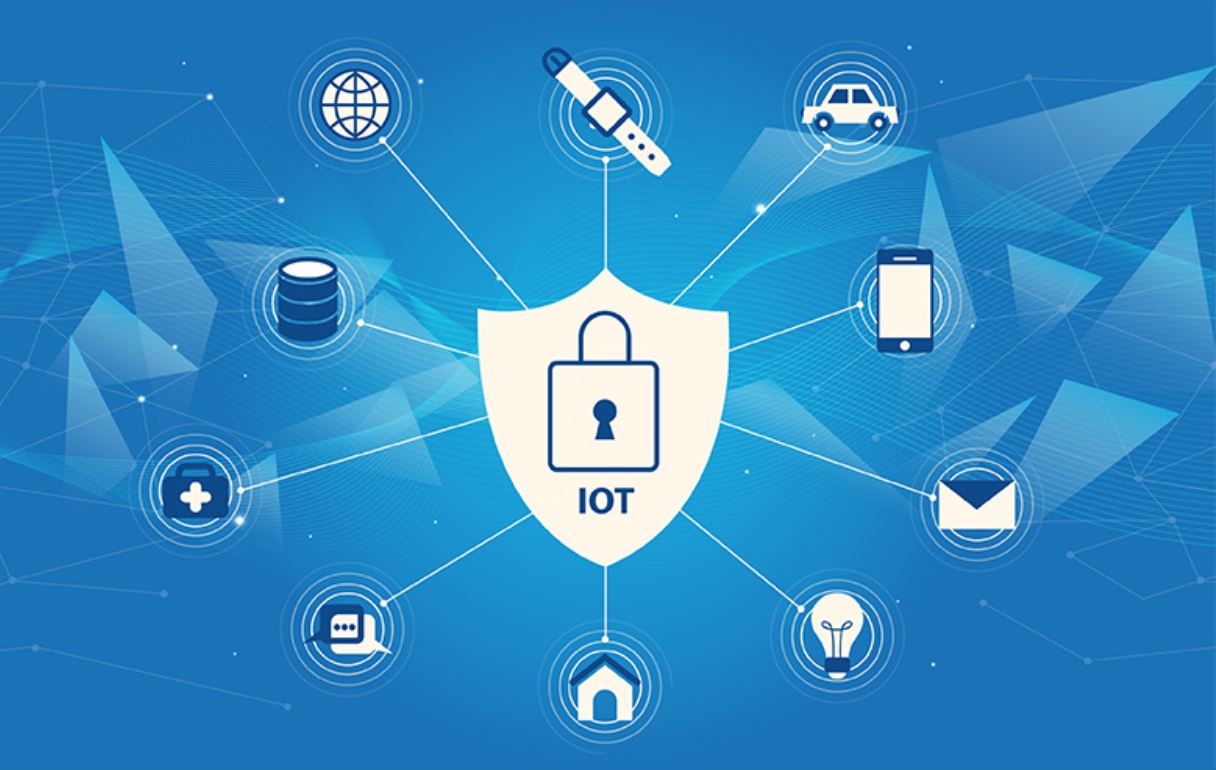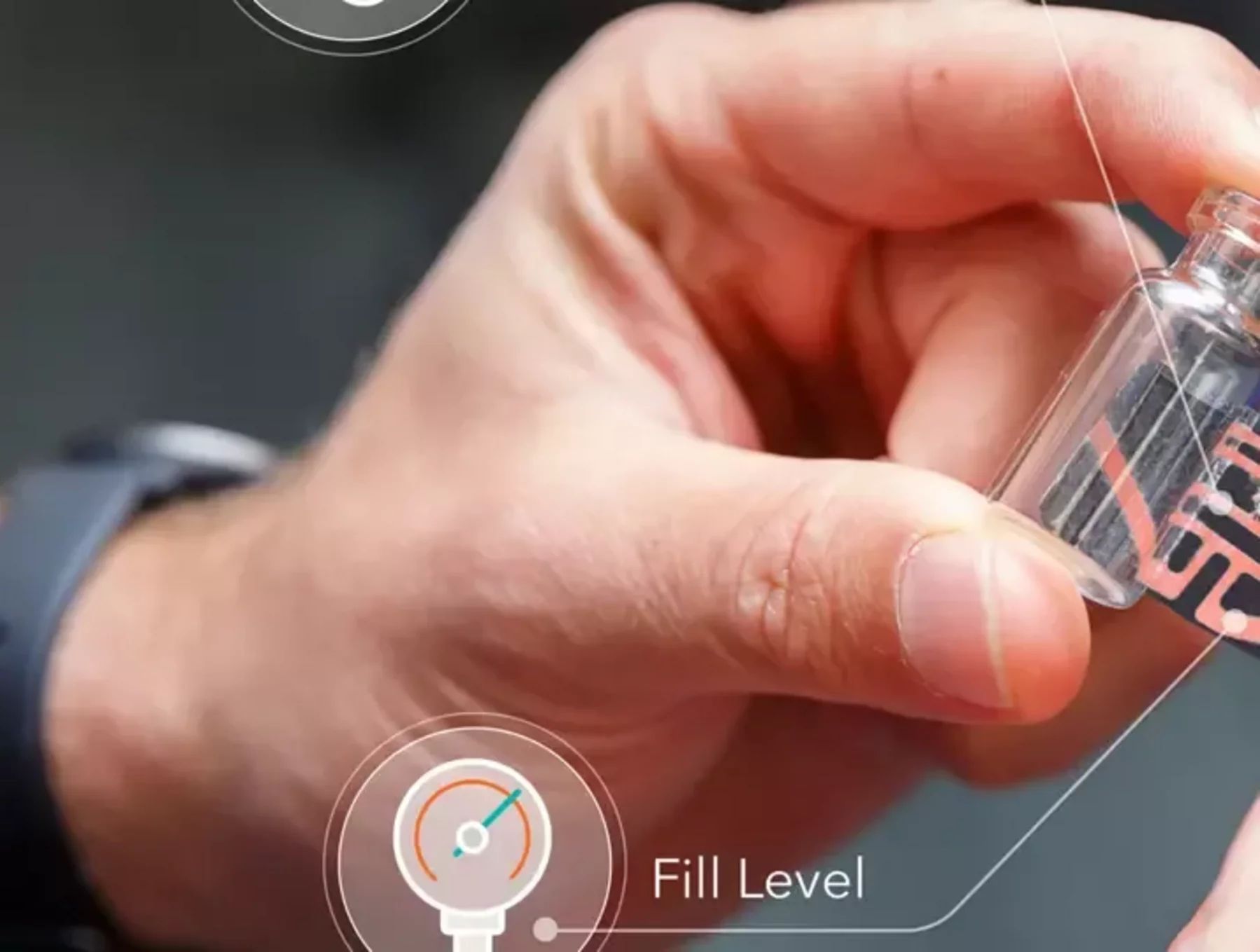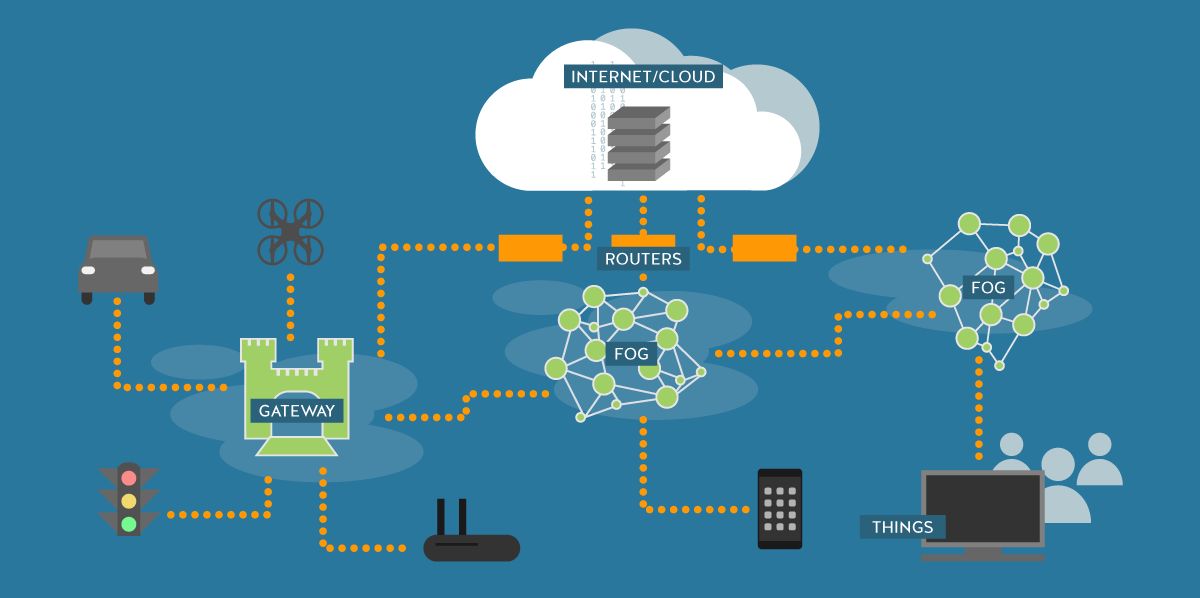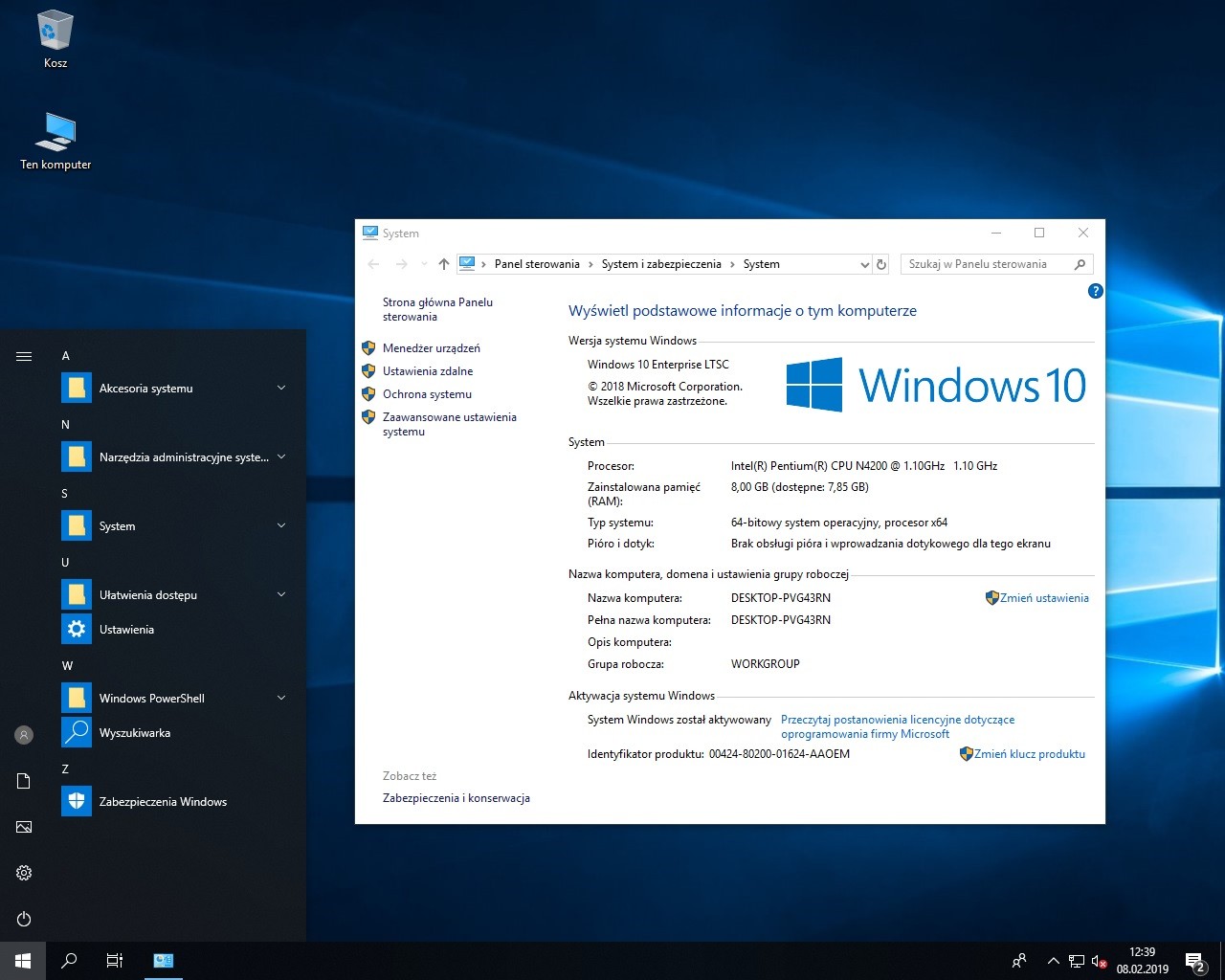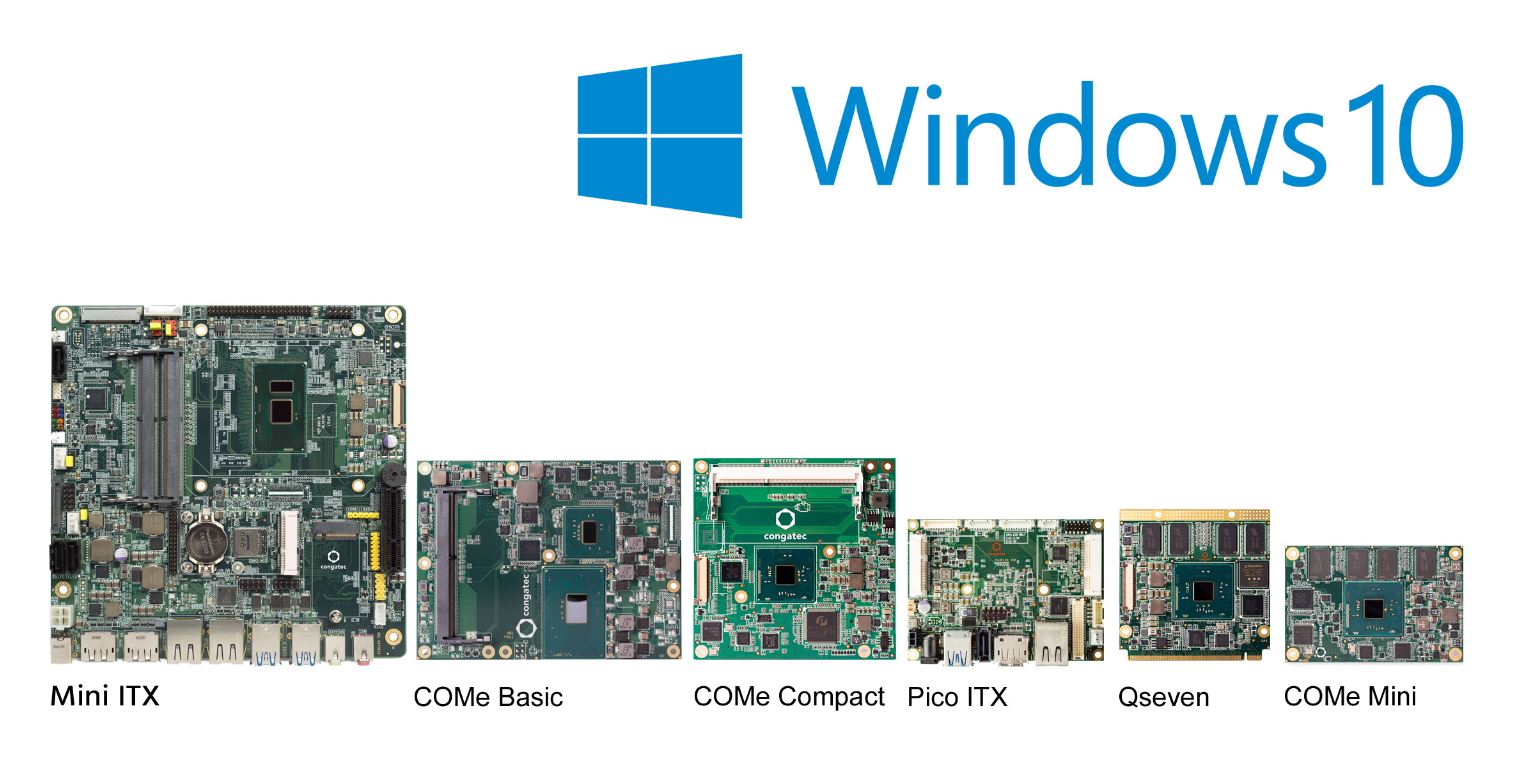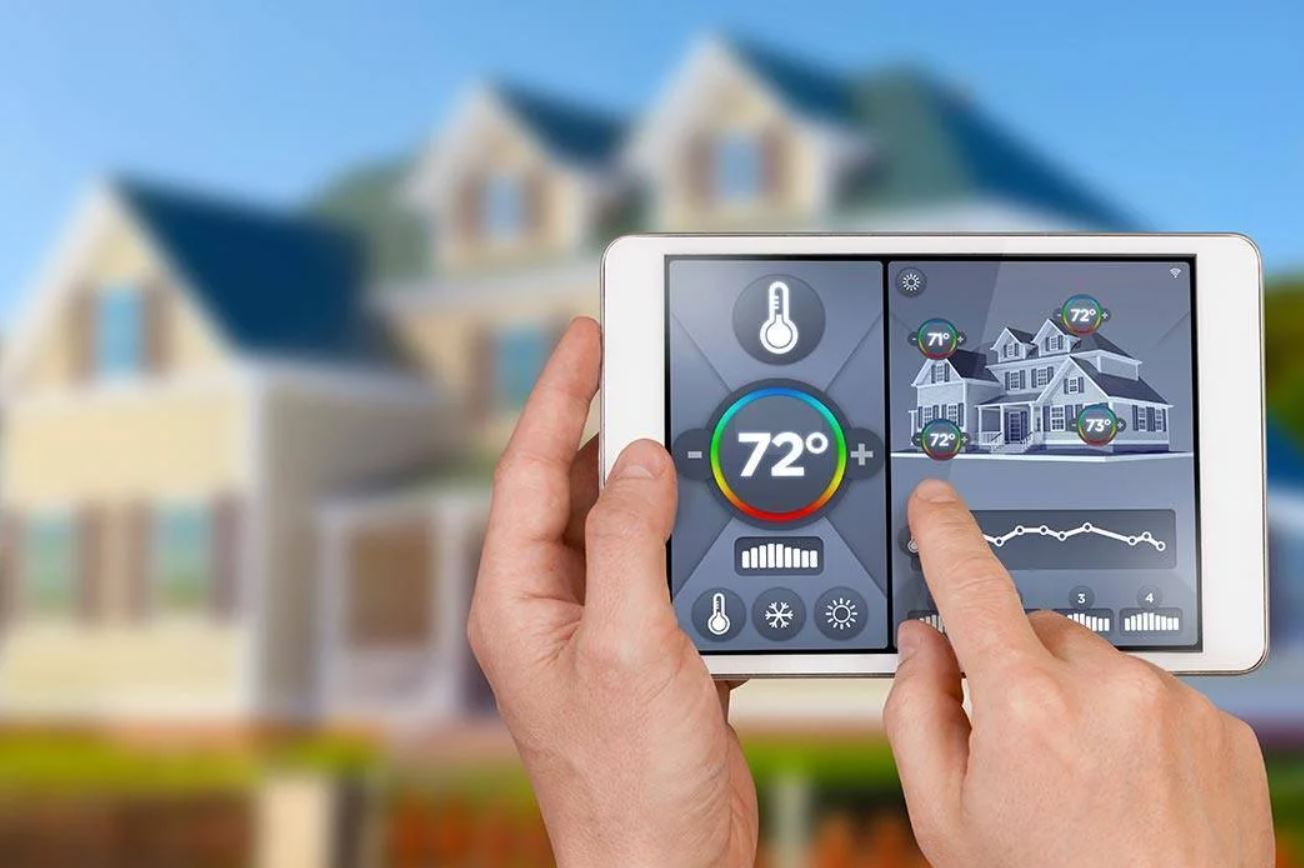The Internet of Things has already been using around for decades. In the 90s, people called it “machine to machine”, or M2M. The term Internet of Things, or IoT, was coined in 1999, and really hit its stride in the early 2010s. So, here’s what an IoT platform really means. It is a system of interrelated computing devices, mechanical and digital machines, objects, animals or people that are provided with unique identifiers (UIDs) and the ability to transfer data over a network without requiring human to human or human to computer interaction. Veterans of the industry will tell you that all these terms mean slightly different things, but for all intents and purposes, we just keep rebranding the space as the market expanded.
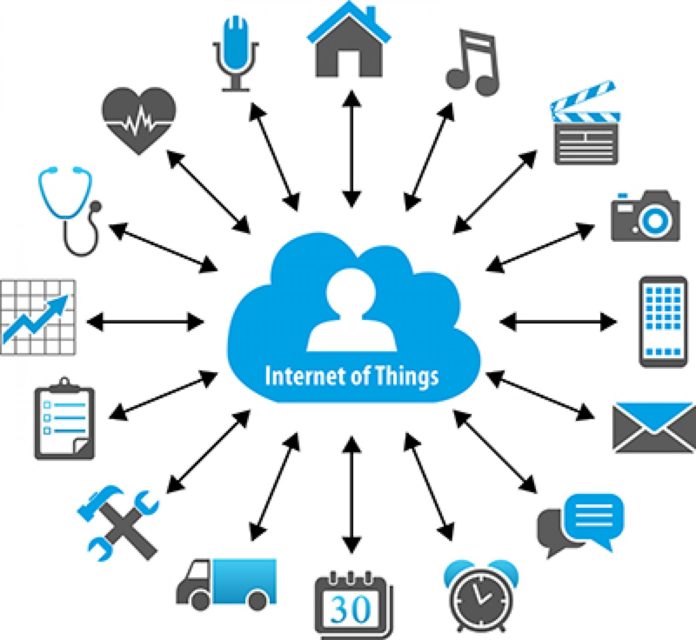

A lot of other things have also changed, besides the name, over thirty years. Wired connections are becoming wireless. Local networks and servers are being supplanted by the cloud. But perhaps most importantly, the building blocks of IoT have gotten a lot cheaper to develop. Adding a computer and a radio to a device costs a small fraction of what it cost even just a few years ago.
To find the best IoT platforms to keep an eye on in 2020, we compiled a list of the top 5 contenders with abundant resources.
1. IBM Watson IoT Platform


The veteran computer manufacturer makes a great debut in the IoT space, utilizing its AI technology to create a very robust platform. This IoT platform will help you to capture and investigate the data for devices, machines, equipment and find out the understandings for better decisions. It also allows you to optimize operations and resources. By providing the correct business insights and bidirectional communication facility, it will help in increasing the revenue to a great extent. Fully cloud-hosted and elegantly designed, development teams are taking it up in droves. It’s not cheap, but alongside the usual IoT platform tricks, you can use IBM’s AI technologies to develop a ‘brain’ of sorts, unifying your IoT devices.
It’s relatively easy to get up and running, offering real-time data exchange and a secure structure through which devices communicate with each other. It gets regular updates, too, having recently added a weather data service.
Main features AI and analytics, domain expertise, provides flexible solutions, security, captures real-time data and provides analytics service as an add-on. Cost starts at $500 per instance/month.
The IoT platform provides good features and functionalities at an affordable price.
2. ThingWorx


ThingWorx contains a fairly large library of extensions and widgets which have applications in multiple areas. These include industrial applications such as oil and gas and transportation as well as consumer applications including edge connectivity devices and LPWAN enablers. Currently, the number of solutions and products in the marketplace is less than fifty. But that might change very soon because of the number of people taking an interest. Moreover, new developers receive a one-time evaluation server to explore ThingWorx for 120 days.
It helps in managing the development lifecycle for IoT applications.
It provides flexibility to access data and IoT from on-premise, off-premise, and from the hybrid environment. Use of ThingWorx will give you increased uptime, reduced costs, role-based visibility & control, and improved compliance.
The main features are that it connects devices and analyzes data. Besides, it can also build and deploy solutions. Industrial IoT and application data are accessible from on-premise web servers and off-premise cloud applications.
It is a good solution for industrial IoT. With the help of ThingWorx, you can create an industrial IoT application fast. There is no need to write too many lines of code.
3. Salesforce Cloud IoT Platform
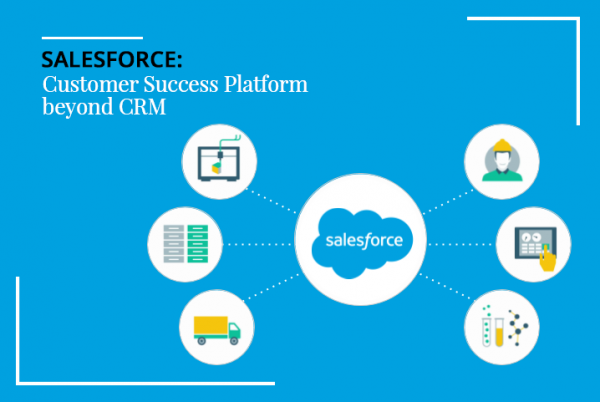

Salesforce IoT cloud will help you to transform all data which is generated by the customers, partners, devices, and sensors into relevant actions. It has partner connectors like AWS, Cisco Systems, etc.
The main features are that it allows you to test business ideas without programming, provide you the real data about product usage and performance, and it can work with the data from any device. Also, you can create device profiles for customer context data in CRM and for streaming data from the connected devices. Using RESTful API, you can import data from any source. No need for CS degree while creating and managing orchestration rules. Finally, it has real-time traffic view.
The tool provides a good interface and ease of use. CRM in the cloud will allow people to work from anywhere.
4. Particle IoT


Particle is an IoT platform that resonates well in the tech-friendly Bay Area. But a better way to describe what they do is they help companies who manufacture physical products bring those products online and add connectivity to their products (WiFi or cellular). They provide security and device management, we let them push out software updates, and generally, we help them overcome the many hurdles and technical challenges associated with the exciting new industry that we’ve started calling “the Internet of Things”. Particle provides the IoT solutions for hardware, connectivity, device cloud, and apps.
For connectivity, it provides three products i.e. Cellular, WiFi, and Mesh. As an IoT software, it provides Device OS, Device Cloud, IoT Rules Engine, and developer tools. Particle is used by the Opti for training its weather casting product.
It will provide a robust and reliable infrastructure. No need for expertise. It also provides the firewall protected cloud and it can work with data even if it is on Microsoft Azure, Google Cloud, etc. It provides a holistic solution for hardware, software, and connectivity. There will be no need to invest time again in integrating.
Cost:
WiFi: Price starts at $25 per device.
Cellular: Price starts at $49 per device.
Mesh: Price starts at $15 per device.
It is user friendly and easy to learn. Good community support is available for Particle.
5. Google Cloud IoT Platform
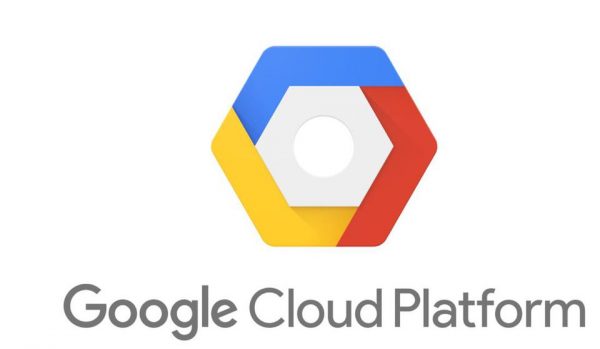

Google Cloud IoT is a complete set of tools to connect, process, store, and analyze data both at the edge and in the cloud. The platform consists of scalable, fully managed cloud services; an integrated software stack for edge/on-premises computing with machine learning capabilities for all your IoT needs. Google Cloud provides a multi layered secure infrastructure.
It helps in improving operational efficiency. It provides predictive maintenance for equipment, solutions for smart cities & buildings, and real-time asset tracking.
The main features are machine learning capabilities for any IoT need, as well as it allows real-time business insights for globally dispersed devices also it has AI capabilities and location intelligence. It provides support for a wide range of embedded operating systems. The cost of this IoT starts at $1758 per month.
Organizing, managing, and sharing documents is easy. It works with all operating systems. Overall it provides good features and functionalities and ease of use.










